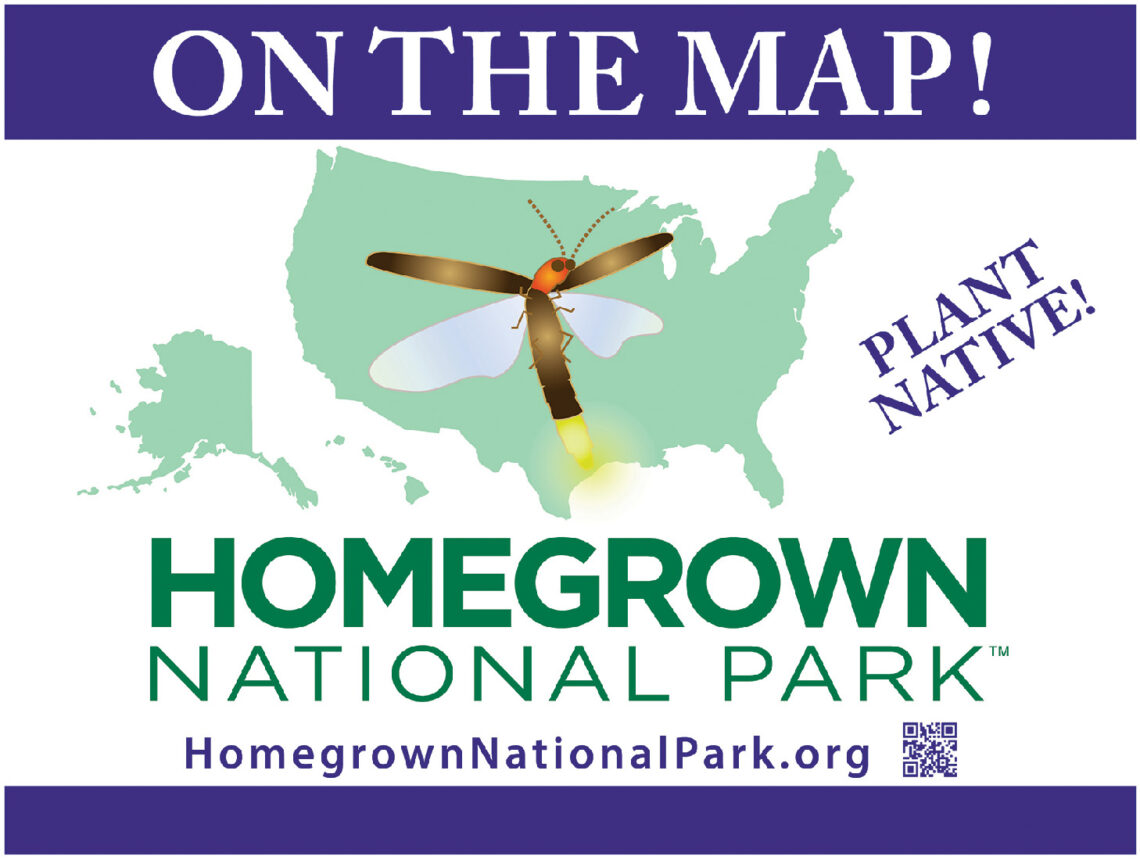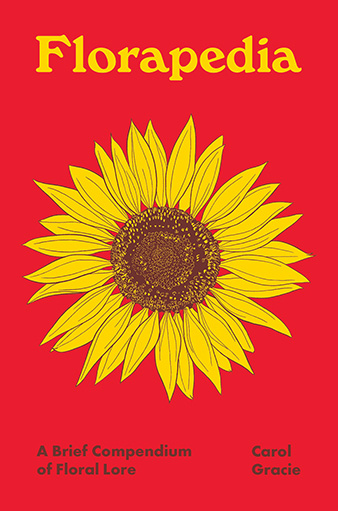A really enjoyable read. I finished it in just a few days. Stewart talks about 50 treecollectors. Each one gets a few pages. The vignettes are divided into 10 basic categories:• Healers• Ecologists• Artists• Curators• Educators• Community Builders• Enthusiasts• Seekers• Preservationists• Visionaries The stories are fascinating. Some of them are quite surprising and run the full gamut of human endeavor. They range from uplifting (using trees around churches in Ethiopia to bring back its forests) to reprehensible (using the U.S. military to destroy Navajo Peach Orchards in Arizona in the 1860s). These people all come to tree collecting from different backgrounds but they all share the same basic passion. For…
-
-
Tiny+Wild
Graham Laird Gardner’s new book, Tiny + Wild, is an excellent introduction to mini-meadows, sometimes called micro-prairies. Meadows are all the rage these days but not everyone has the space, time or money to create large meadows. The answer? Mini-meadows. I first became enamored of miniaturization when I visited the Miyawaki Forest in Cambridge, Mass., essentially a mini-forest. The concept? Plant a bunch of native plants tightly together and create a forest quickly. We can do the same thing with meadows and we can do it pretty much anywhere … hell strips, fence lines, patios, around your mailbox or stoop. You can plant them in the ground, in raised beds,…
-
Is Your Yard on the Map?
By Kathy Connolly Millions of people will flock to national parks this summer, anticipating the oceanside cascades at Acadia, the wildlife at Yellowstone, or the views at Shenandoah. All these worthy destinations delight their visitors at the same time as they preserve extraordinary elements of the natural landscape and provide wildlife habitat. But, according to some ways of thinking, the national parks are more like nature museums than nature itself. One of those thinkers is Dr. Douglas Tallamy, whose 40 years of research have aimed to understand how insects interact with plants and how such interactions determine the diversity of animal communities. He is probably familiar to many Connecticut Gardener…
-
Teaming with Bacteria
Jeff Lowenfels has described writing a book as “going down a rabbit hole.” That’s also a fairly apt description of reading one of his books. I’ve read the entire Lord of the Roots Trilogy: Teaming With Microbes, Teaming With Nutrients and Teaming With Fungi. But, now that we have Teaming With Bacteria, I guess we have to call it the “Teaming Cycle.” In any case it’s another rabbit hole to explore, which I relish. I’m always a slightly different person after reading one of Jeff’s books. I can’t say I remember all the details but I always discover a new way of looking at things. For those into the soil…
-
Native Ground Covers
This is a wonderful little handbook on native ground covers by Anna Fialkoff and Heather McCargo from the Wild Seed Project. It makes a great companion to Native Trees for Northeast Landscapes, published by the same organization. What’s Inside• Profiles of 48 native ground cover species that add color and texture while building soil health and fostering wildlife habitat.• Six illustrated guilds of ground cover combinations designed for different conditions• An overview of the many ecological benefits native ground covers can provide• Recommended reading and resources Plant ProfilesEach profile has:• A basic description• At least one color photo• A chart showing light and water requirements and growth rate• Related Species…
-
Sustainable Gardening
Sustainable Gardening is a good introduction to the basic concepts involved in creating and maintaining a sustainable landscape. Author Vincent Simeone discusses a number of important issues:• Composting• Reducing your carbon footprint• Water conservation• Rain gardens• Organic gardening• Lawn reduction• Lawn alternatives• Limiting chemical inputs• Removing invasive species• Soil health management• Right plant, right place• Ecological landscape design• IPM (Integrated Pest Management) It’s not a simple process and is more complicated than putting in a few plants for pollinators. You basically have to learn how to think ecologically. The good news is you can start small and work your way up. There are a number of ways to start: adopt…
-
To Speak for the Trees
In case you didn’t get the memo, trees are really important. Forests are literally the lungs of planet Earth and trees like oak (Quercus spp) support hundreds of species of butterflies and moths, which in turn support our local bird communities. I was excited to read Beresford-Kroeger’s new book and hear her viewpoint. She’s a scientist who brings a certain je ne sais quoi to the mix because she was also steeped in ancient celtic knowledge at an early age. She may be the last person to have been taught this way directly. Diana isn’t your average writer, she’s a polymath with undergrad degrees in botany and medical biochemistry and…
-
Florapedia
By Will Rowlands This book is a frolic through the landscape of botany and history. It’s a natural for plant geeks but I can see “normal” people enjoying it, too. It’s an omnibus book in which Carol Gracie samples a rich history of botanists and botanical artists. Parasitic plants, underground plants, carnivorous plants, plants without chlorophyll, plants without roots, plants that communicate with each other, plants that impersonate the mates of insects. They’re all here. The Franklinia tree (Franklinia alatamaha), once a native, is now considered extinct in the wild. All trees are descended from trees collected by William Bartram in Pennsylvania. The tree was named after Benjamin Franklin, a…
-
The Garden in Every Sense & Season
By Will Rowlands Tovah Martin’s latest book, The Garden in Every Sense and Season – A Year of Insights and Inspiration from My Garden, came out this spring. Tovah is one of our favorite writers and we recommend this book to anyone who wants to connect with their garden on a deeper level. Tovah gives a lot of presentations and her interactions with attendees provides her with a good look at what’s going on with gardeners. This has shown her that many gardeners are so busy with their chores that they can miss the many joys of gardening. Her new book is organized by season and each season is broken…
-
The Nature of Oaks
By Anne Rowlands Of course Doug Tallamy would write a book about oaks. TThe University of Delaware entomologist has been praising and raising awareness of Quercus for years in his widely popular books and lectures, and this newest book is fascinating. It’s a really useful field guide – not only to oaks, but also to the myriad species that play a part in the oak ecosystem. “Oaks support more forms of life and more fascinating interactions than any other tree genus in North America,” writes Tallamy. The content drives that home. I found this little book (200 pages) to be written for those who want to dive into the science…









